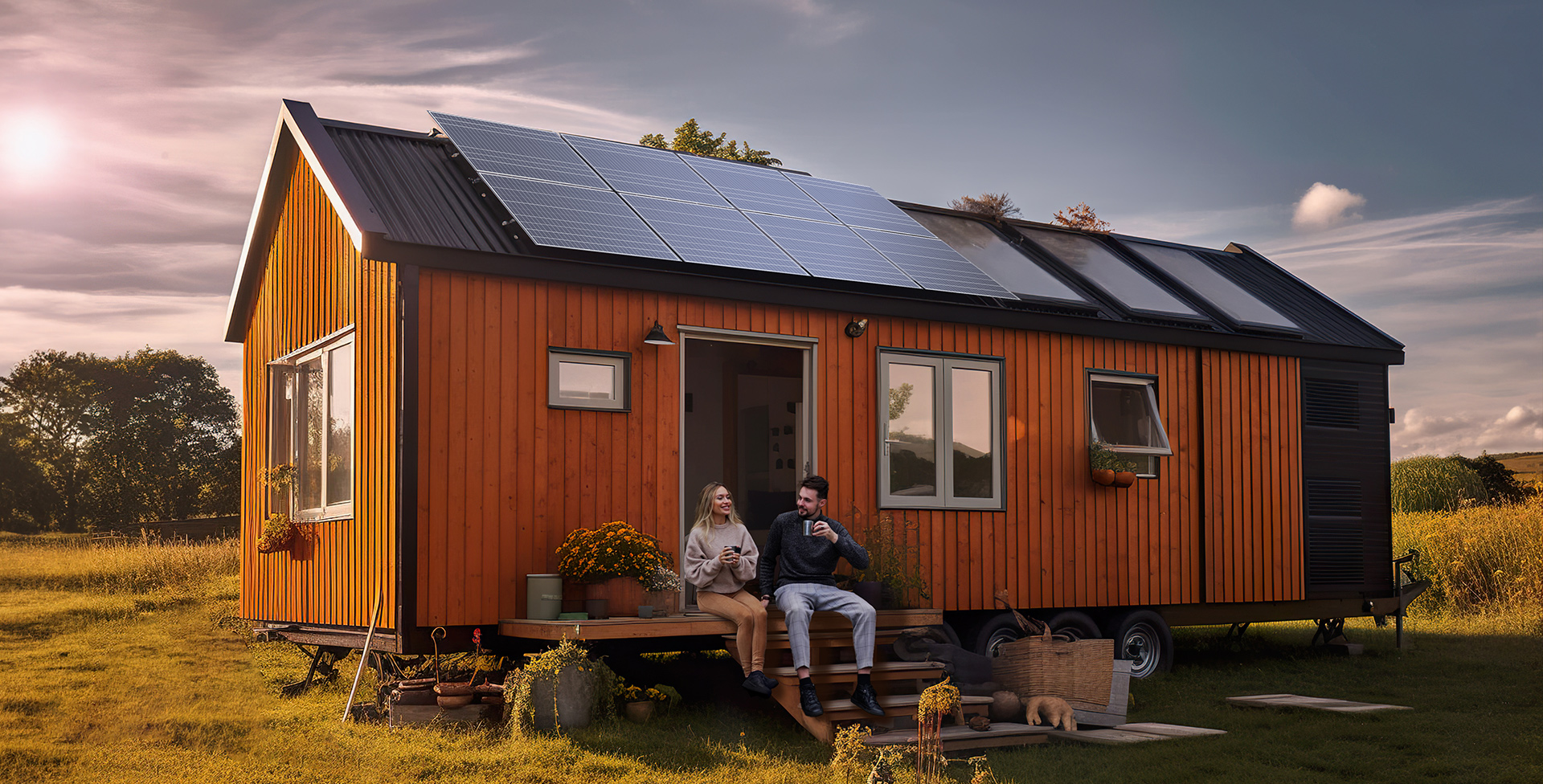KEY FEATURES
More than 1O million solar panels sold












Package Includes
Maximum Power at STC: 320W
Optimum Operating Voltage (Vmp): 33V
Open-Circuit Voltage (Voc): 40.3V
Optimum Operating Current (Imp): 9.7A
Short-Circuit Current (Isc): 10.23A
Operating Temperature: -40°F to 185°F
Cell Efficiency: ≥22%
Maximum System Voltage: 1000V DC (UL)
Maximum Series Fuse Rating: 15A
Weight: 39.7lbs
Dimensions: 65.6 x 39.4 x 1.4 in
Certifications: CE, ISO, UL
Protection Rating: IP55
Cooling Method: Fan
Operating Temperature Range: 14°F~122°F / -10°C~50°C
Operating Relative Humidity Range: 5%~95%
Expansion Connector: Anderson 120A Connector, RJ45 Female Connector
Expansion Capability: 19.2KWh
Self Consumption: 25W (Power Saving Mode)
Bluetooth Module: DC Home APP. Communication Range 82 ft. / 25 m
Installation Environment: Indoor/Outdoor
Dimension: 32.9 x 20.0 x 28.5 inch / 835 x 508 x 724 mm
Weight: 264.6 lbs. / 120 kg
opc:
Input /Output Voltage: 120V AC 60Hz
Casing Material: PC V0
Max. Load: 15A / 1800W
Security Mode: WPA/WPA2
Connection: Zigbee 3.0 (IEEE 802.15.4)
Operating Temperature Range: 14 ℉ to 104℉ / -10 ℃ to 40℃
Applicable Environment: Indoor
Dimension: 2.99 x 1.57 x 1.30 in (76 x 40 x 33 mm)
Weight: 0.17lbs / 79g
opc:
Power Supply: 8-30V DC
Load: 250V AC / 30V DC, 16A Max
Casing Material: PC V0
Connection: Zigbee 3.0 (IEEE 802.15.4)
Security Mode: WPA / WPA2
Applicable Environment: Indoor
Operating Temperature Range: -4℉ to 104℉/ -20℃ to 40℃
Dimensions : 0.79 x 1.57 x 1.73 in / 20 x 40 x 44 mm
Weight: 0.08 lbs/36.6 g
opc:
Connection: Zigbee 3.0 (IEEE 802.15.4)
Applicable Environment: Indoor
Casing Material: PC V0
Security Mode: WPA / WPA2
Operating Temperature Range: 14℉ to 104℉/-10℃ to 40℃
Dimensions: 1.85 x 1.06 x 0.53 in (47 x 27 x 13.5 mm)
Weight: 0.04 lbs/20 g
opc:
Panels: 25-year power output warranty: 5 year 95% output warranty, 10 year 90% output warranty, 25 year 80% output warranty 10-year material and workmanship warranty
Accessories: 1-year material and workmanship warranty
Warranty Information
| Panels |
25-year power output warranty: 5 year 95% output warranty, 10 year 90% output warranty, 25 year 80% output warranty 5-year material and workmanship warranty |
| Accessories | 1-year material and workmanship warranty |
FAQ
1. How many solar panels and batteries do I need to run an AC?
The number of solar panels and batteries needed to power your AC unit depends on the AC unit’s power consumption, and typical duration of usage. To run a 12000BTU mini-split AC unit (which is commonly used in tiny homes) for several hours per day, we recommend between 1000 and 2000 watts of solar, and between 4 and 8 kilowatt-hours.




































